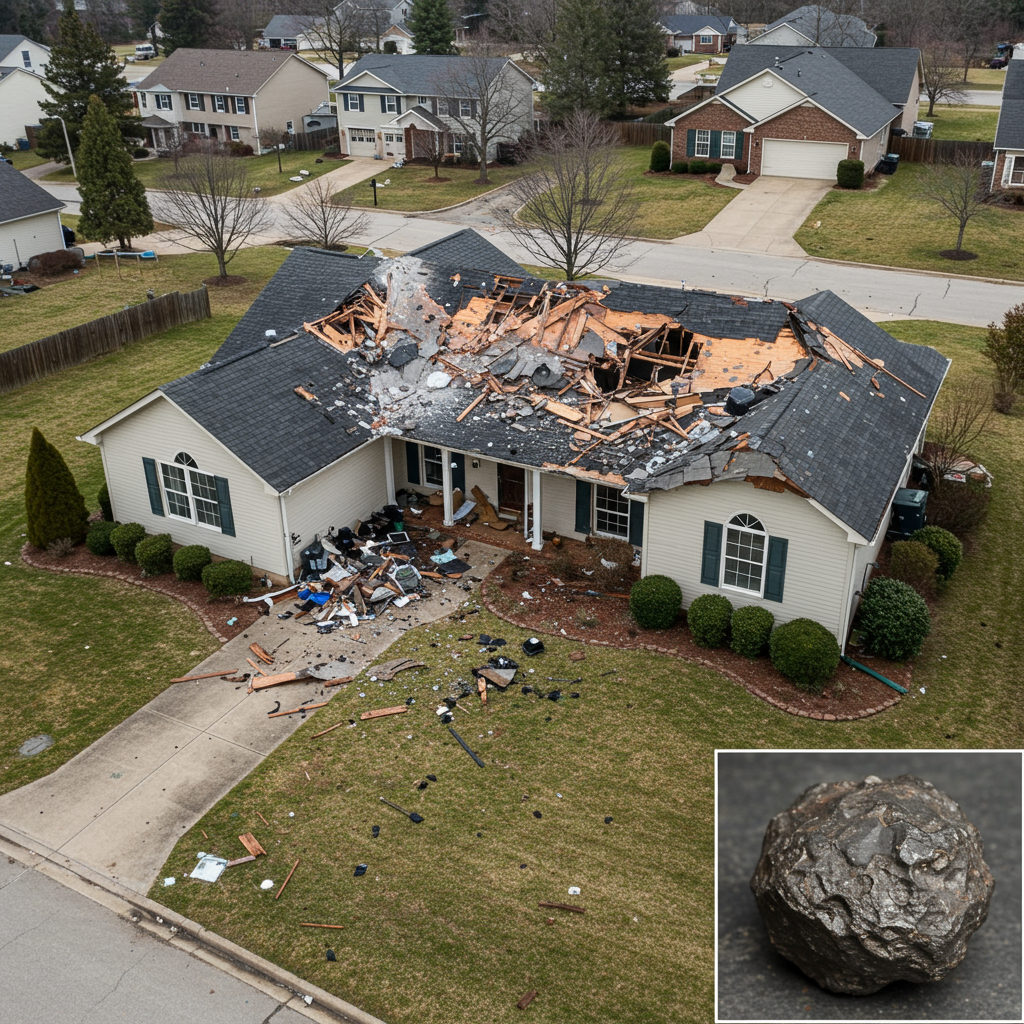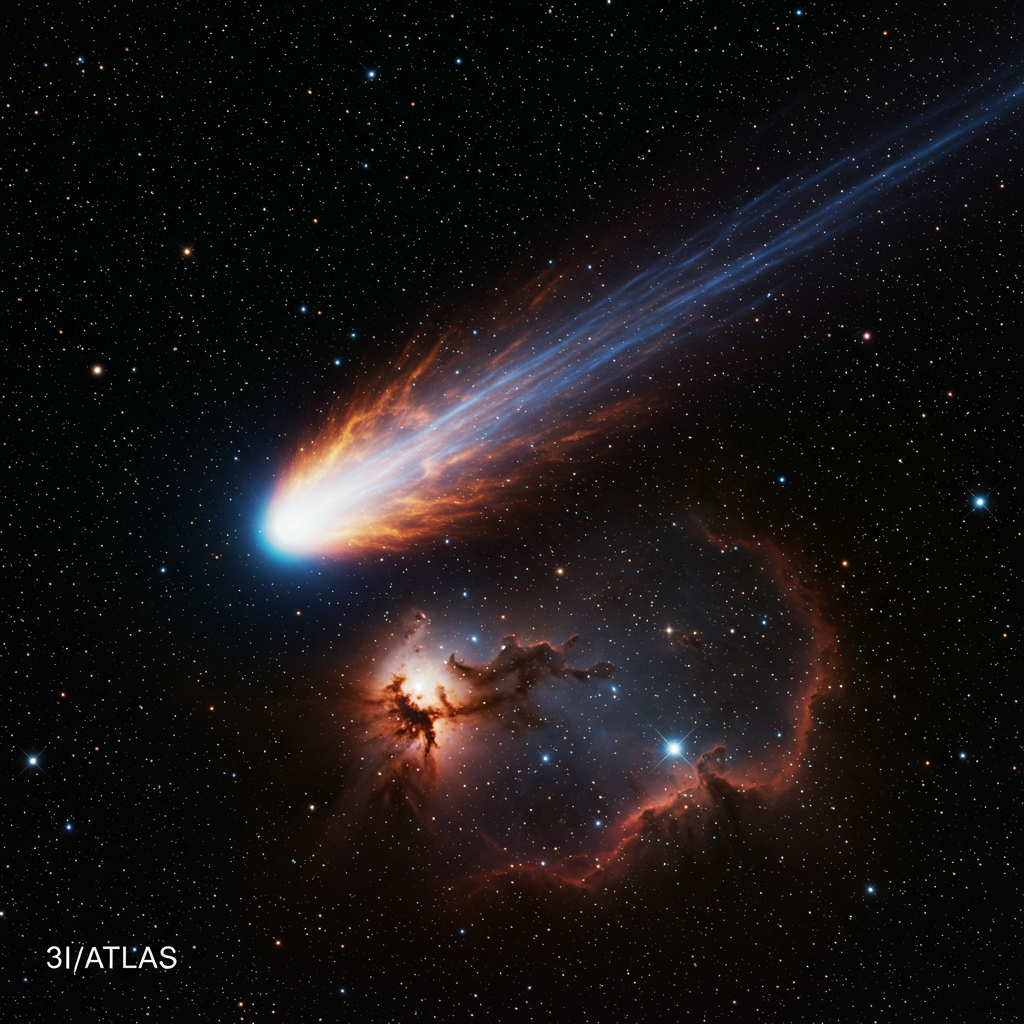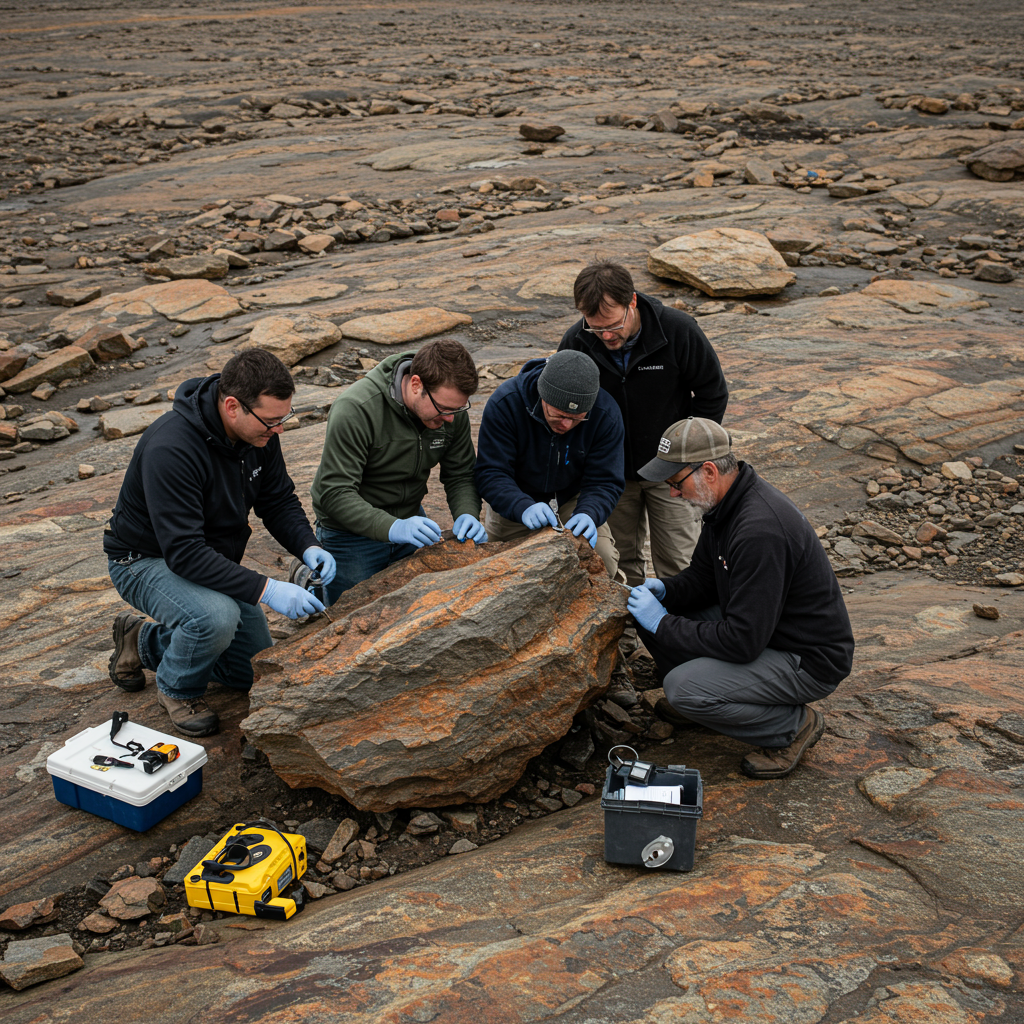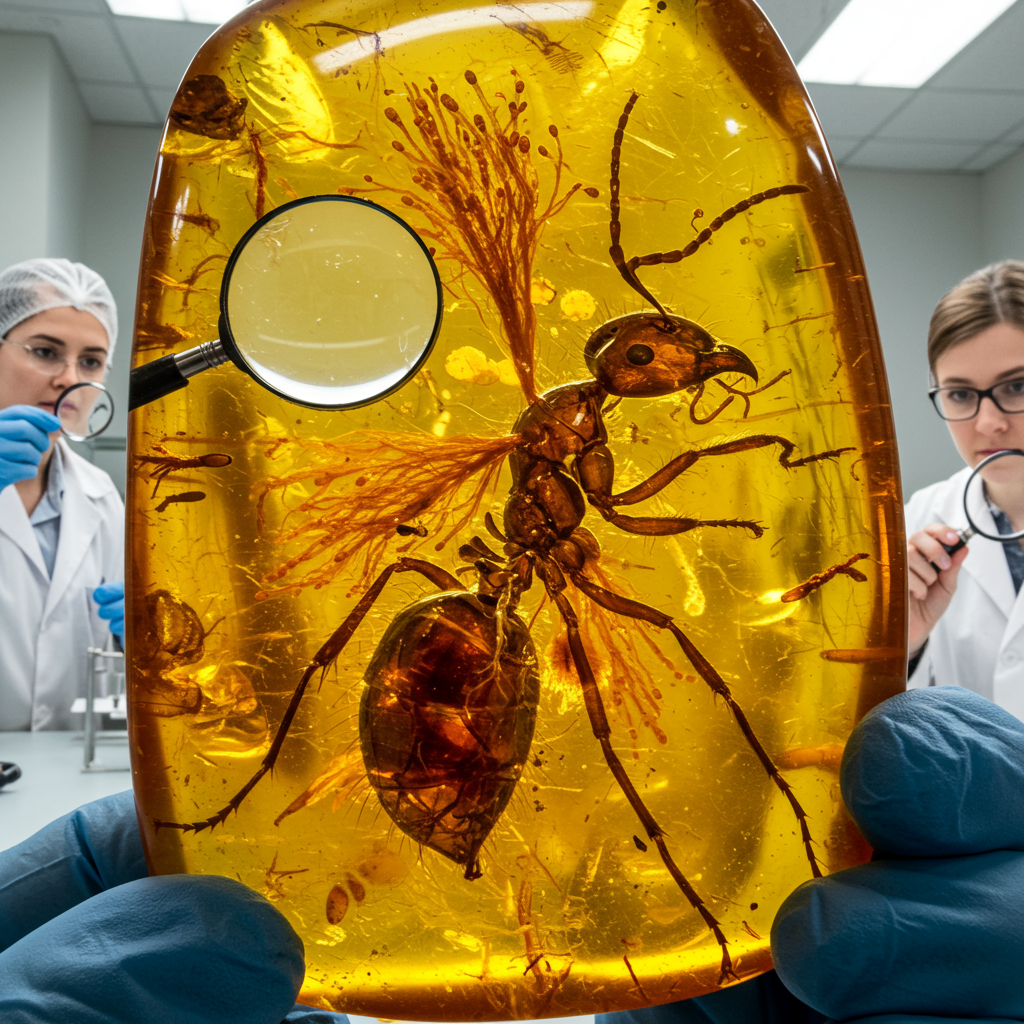A brilliant daytime fireball captivated and startled residents across the southeastern United States on Thursday, June 26, 2025. This rare celestial event culminated dramatically when a suspected fragment crashed into a home in Henry County, georgia, causing damage and leaving behind unusual debris. The powerful passage through Earth’s atmosphere generated widespread reports of a loud boom and shaking, highlighting the force of such cosmic visitors.
The spectacle unfolded shortly after noon. Between approximately 12:00 p.m. and 12:30 p.m. ET, residents from multiple states witnessed the incredibly bright object streaking across the clear blue sky.
Hundreds of people took to social media to share their experiences. Many others submitted formal reports to astronomical organizations.
The American meteor Society (AMS) website alone received more than 140 reports of the fireball within a short timeframe. These sightings poured in from Georgia, South Carolina, North Carolina, and Tennessee.
One witness from Perry, Georgia, captured the unexpected nature of the event. Their report to the AMS noted, “This was the middle of the day, and it just came out of nowhere.”
Witnesses described seeing a bright orange or white streak depending on their location and perspective. Dashcam footage from Anderson, South Carolina, clearly showed the object against the daylight sky. Photos from other locations in South Carolina also captured the bright trail.
The Rare Georgia Home Impact
The most compelling and unusual consequence of the Southeast fireball occurred in Henry County, Georgia, located southeast of Atlanta. Officials confirmed damage to a residential property following the event.
Images released show a distinct hole puncturing both the roof and the interior ceiling of the house. Inside, rocky material and other debris were found scattered across the floor. The impact was powerful enough to crack the floor laminate in one spot.
This damage is strongly believed to be the result of a meteorite fragment from the disintegrating fireball reaching the ground. Such a direct impact on a populated structure is exceedingly rare. The Henry County Emergency Management Agency relayed information confirming this incident, which was also reported by the National Weather Service office in Atlanta.
Satellite Confirmation and the Sonic Boom
Beyond eyewitness accounts, scientific instruments also detected the fireball’s passage. Visible satellite imagery captured what appeared to be a smoke trail. This trail was observed around noon and stretched from Tennessee into northern Georgia.
Furthermore, sophisticated satellite technology confirmed the event’s intensity. NOAA’s GOES East satellite, equipped with the Geostationary Lightning Mapper (GLM), detected a bright flash. This flash was associated with the meteor’s atmospheric entry. The detection was noted near the border of North Carolina and Virginia.
NASA’s GOES-19 Earth observation satellite, using its lightning-mapping instrument, also detected the dramatic descent from orbit. Robert Lunsford of the American Meteor Association highlighted this satellite detection as evidence of the object’s significant size and brightness.
Reports of a loud boom and shaking were widespread across the region. Initially, the National Weather Service in Atlanta looked into whether this might be related to seismic activity. However, the U.S. Geological Survey confirmed no earthquake activity was registered in Georgia at the time of the boom.
The consensus among experts is that the boom was a sonic boom. This occurs when an object travels through the atmosphere faster than the speed of sound. According to Lunsford, these accompanying sounds, including thunder-like rumbles or sonic booms, are crucial indicators. They suggest that fragments of the object survived atmospheric entry. Survival to lower altitudes significantly increases the probability of pieces reaching the ground.
Understanding Fireballs and Bolides
The terms used to describe such events can sometimes be confusing. A meteor is the streak of light we see when a meteoroid (a small rock or particle from space) enters Earth’s atmosphere and burns up. A fireball is simply a very bright meteor. It is defined as being brighter than magnitude 4, which is roughly equivalent to the brilliance of the planet Venus seen in the morning or evening sky. Fireballs are often visible even during daylight hours due to their extreme brightness.
The object seen across the Southeast is more specifically classified as a bolide. A bolide is a special type of fireball that is larger and often culminates in a spectacular explosion of light. This explosion can be accompanied by audible sounds, like the sonic boom reported in this case. Crucially, bolides are more likely to produce fragments large enough to survive atmospheric entry and potentially reach the ground as meteorites. While bolides enter at incredible speeds, potentially over 50,000 miles per hour, they can slow significantly near the surface. Mike Hankey, AMS operations manager, noted they can slow to hundreds of miles per hour near the ground, still fast enough to cause significant damage upon impact.
According to NASA, a few dozen bolides occur globally each year. However, the GLM aboard GOES satellites detected nearly 700 bolides in the current year alone, demonstrating how frequently these events occur, though most go unnoticed over oceans or uninhabited areas.
Why This Event Was So Unusual
While fireballs themselves are not exceedingly rare, the Georgia home impact makes this event highly notable. Seeing a fireball bright enough to be visible in the middle of the day is significantly less common. Robert Lunsford of the AMS stated that daytime fireballs require a much larger initial object compared to typical meteors. He estimates they occur only about once per month globally, perhaps representing just one out of every 3,000 meteor reports.
The probability of any specific location or person being struck by space debris is incredibly low. Only a small fraction (around 5%) of objects entering Earth’s atmosphere actually survive the intense heat and friction to reach the surface. Of that surviving material, about 70% lands in the ocean. Much of the remaining land mass is sparsely populated. Furthermore, most meteorites that do land are very small, often reduced to micrometeorites.
Historical records underscore this rarity. There is only one widely accepted instance in recorded history of a human fatality directly attributed to a meteorite strike (an Indian bus driver in 2016). Other rare documented cases include a horse killed in Ohio in 1860 and a woman in Alabama who sustained bruising in 1954 when a 10-pound meteorite crashed through her roof.
This event in Henry County, Georgia, while causing property damage, falls into the category of these exceedingly rare land impacts, especially one involving a structure.
Experts like Bill Cooke, lead of the NASA Meteoroid Environment Office, estimated the object was first detected high in the atmosphere, about 48 miles (77 kilometers) above Oxford, Georgia. It was traveling at an estimated speed of around 30,000 mph (48,000 km/h). The size required for daylight visibility and the accompanying sonic boom suggested to experts early on that fragments might have survived.
Potential Origin and Significance
Lunsford suggested this particular fireball event might be associated with the daylight Beta Taurid shower. This shower peaks in late June. It occurs as Earth passes through debris trails left by Comet 2P/Encke. While another summary mentioned the Bootid shower, Lunsford’s specific link to the Beta Taurids and Comet Encke provides a potential scientific origin for this object.
The Beta Taurid stream has been associated with powerful events in the past. Some scientists believe the massive Tunguska Event in Siberia in 1908, which flattened a vast forest area, was caused by a very large meteor from this same annual stream. This historical context highlights the potential energy carried by objects within this debris trail.
While the immediate concern is the property damage, the event also holds scientific value. The potential for meteorite fragments to have reached the ground presents an opportunity for scientific analysis. Recovered fragments can provide valuable information about the composition and origin of the object.
If you were to ever find a piece of material suspected to be a meteorite (often dense, heavy, and perhaps showing a fusion crust), experts recommend carefully documenting its location. Do not touch it excessively, and contact a local museum, university earth science department, or the American Meteor Society for guidance on how to proceed. This helps preserve the scientific integrity of the sample.
Frequently Asked Questions
What is the difference between a meteor, fireball, and bolide?
A meteor is the visual streak of light created by a space rock burning up in Earth’s atmosphere. A fireball is simply a very bright meteor, brighter than the planet Venus, often visible even in daylight. A bolide is a large, explosive fireball that often generates a sonic boom and may drop meteorite fragments to the ground. The object over the Southeast was classified as a bolide.
Where did the Georgia fireball occur and who tracks these events?
The fireball was widely seen across the southeastern United States, including Georgia, South Carolina, North Carolina, Tennessee, and possibly Virginia. Its impact is specifically linked to a home in Henry County, Georgia, southeast of Atlanta. Organizations like the American Meteor Society (AMS), the National Weather Service (NWS), NOAA, and NASA’s Meteoroid Environment Office track and document these celestial events using eyewitness reports, radar, and satellite data.
How rare is it for a meteor fragment to hit a house?
It is extremely rare for a meteorite fragment to hit a specific house or structure. While thousands of bolides enter Earth’s atmosphere annually, most burn up completely or land in the ocean or unpopulated areas. Only about 5% of incoming objects survive atmospheric entry, and the vast majority of Earth’s surface is water or wilderness. Documented cases of meteorite impacts on homes or people are historical anomalies, making the Henry County, Georgia incident highly unusual.
Conclusion
The daytime fireball event on June 26, 2025, across the Southeast US was a dramatic reminder of the cosmos interacting with our planet. While millions of tiny particles enter our atmosphere daily, it is rare to witness an object large and bright enough to cause widespread reports, generate a sonic boom, and potentially deliver fragments to the ground. The reported impact in Henry County, Georgia, underscores the minute but real possibility of space debris reaching inhabited areas, even as scientists confirm the overall probability of being personally affected remains incredibly low. Investigations into potential meteorite recovery may offer further insights into this specific celestial visitor.
Word Count Check: ~1180 words




